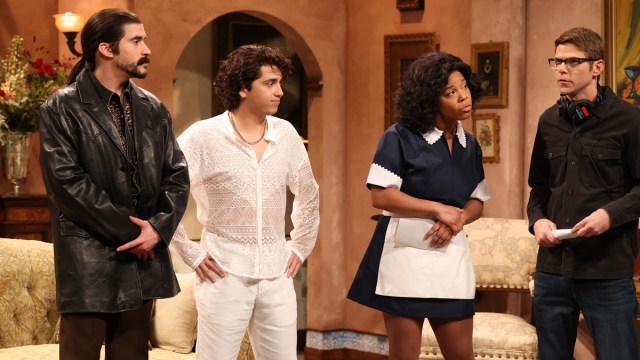Drive business and brand growth with winning media strategies at Mediaweek. Hear from experts at TIME, Peloton, YouTube, Google and more, October 29-30 in New York City. Register.
You’ve found a new show. It feels made for you. It’s well written, the cast is phenomenal, and you can’t wait to see where Season 2 goes. The show’s only been out for about two months, but you see news that it’s been cancelled already. Another bites the dust. You realize something that felt made for you simply didn’t have the appeal or virality to make it worth saving. Another great story was lost to a war of numbers.
The ongoing cycle of show cancellations on streaming platforms is creating an unsettling atmosphere for viewers, eroding trust and weakening the connection these platforms strive to build with their audiences. Shows are often discontinued after a single season or even midseason, stalling the growth of fan communities and leaving audiences questioning the value of investing in new series. Netflix’s Kaos and Amazon’s My Lady Jane were both canceled within months of release, with My Lady Jane competing against the likes of the Summer Olympics coverage during half of that time. Was it ever positioned to be successful?
Quantity over quality
Do these shows need more marketing? The broad mass appeal? Was it crap?
For shows like Kaos and My Lady Jane, critics and audiences agreed they were fantastic, with Kaos receiving 76% and 83% Rotten Tomato critic and audience scores and My Lady Jane receiving 95% and 91% on Rotten Tomatoes, respectively. This isn’t a decision of quality but rather of numbers, and virality, in a short amount of time. While movie releases are seen as flops or successes by whether they cross the billion-dollar mark, it seems streaming has adopted the same myopic view of success. If it doesn’t have blockbuster appeal, it isn’t worth saving and building up an audience.
This fosters a lack of trust in viewers who don’t want to invest their time and energy into a new show when the unlikelihood of closure and future seasons is precarious at best. Because of this growing apprehension among viewers, they now choose to wait until a show is confirmed for additional seasons before they start watching.
This wait-and-see approach diminishes the excitement of discovering fresh narratives, replacing it with a cautious approach focused on avoiding disappointment. This in turn lowers viewer counts and perpetuates the cancellation of future shows. They don’t want to watch it because they don’t want to be disappointed, and streaming services cancel regardless of acclaim and sentiment. It’s a vicious cycle where art goes to die.


